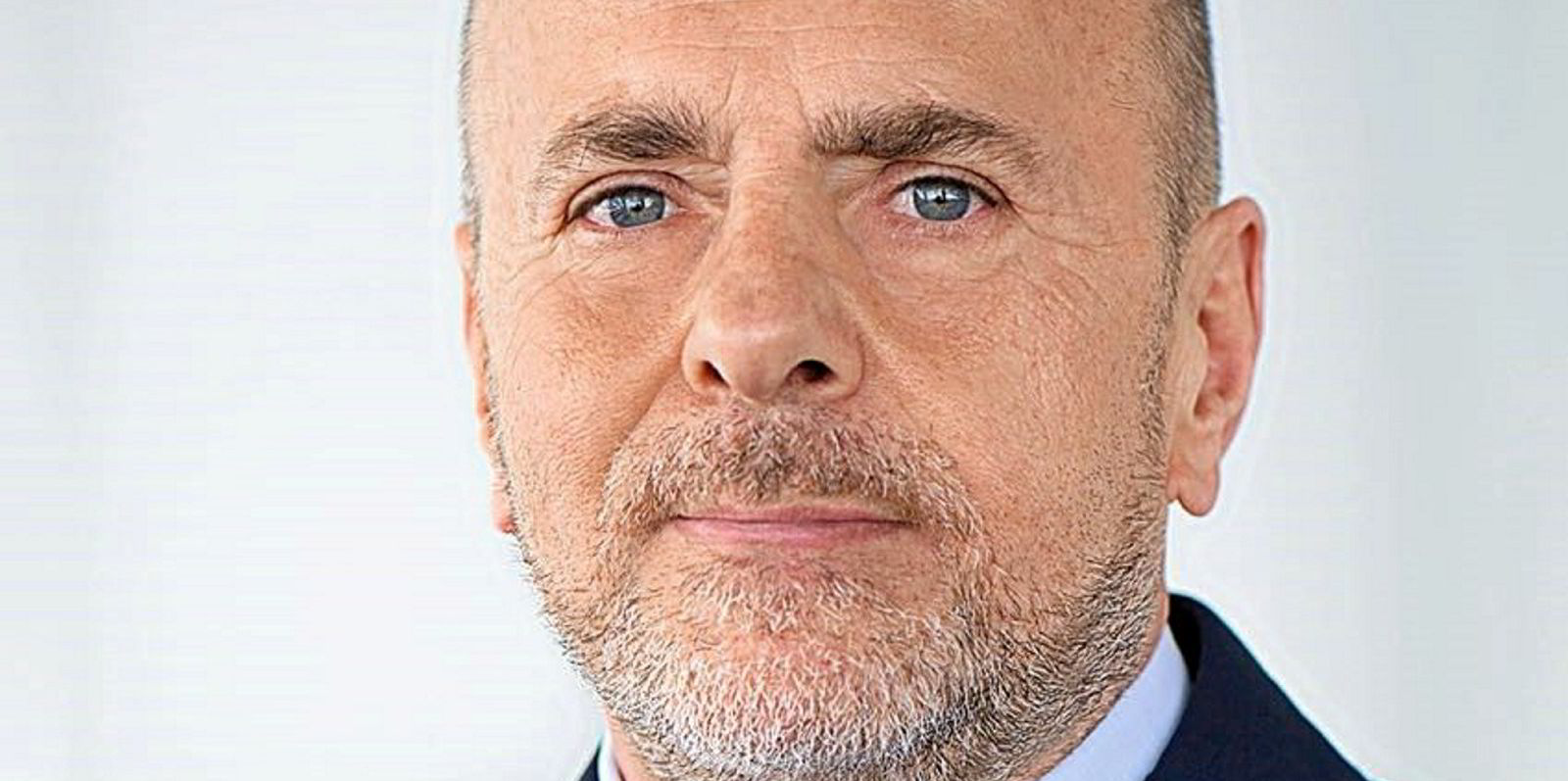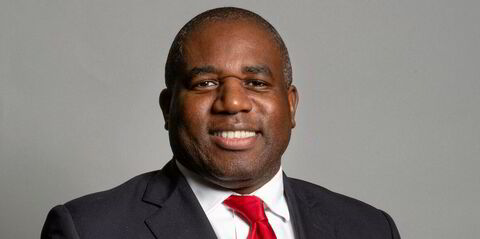One owner of big tankers is predicting an “explosive” upturn in freight rates, while oil analysts are talking about $100 per barrel crude.
Are both these predictions likely and how would they knit together in a world where oil demand usually falls when prices peak?
A little could depend on a meeting of Opec and Russia on 1 July — after this piece was written — when oil production quotas go under review.
You would expect the Middle East-dominated oil cartel to open the spigots after the price of oil reached $75 — almost 50% up on the year.
In the background is a continuing belief by some analysts in a commodity “super cycle” — a period of all round high prices driven partly by the recent downturn in investment by cash-strapped oil companies.
In the meantime, more output from Opec would reduce the likelihood of oil prices surging to the $100 mark.
It would also release more oil volume and help a becalmed big tanker market that is mourning a drop-off in US exports to China.
US demand
That drop-off has been partly due to extra demand from the domestic US market and partly due to Chinese refiners undertaking plant maintenance.
US imports have been rising but refiners there are giving preference to local regional sources rather than buying from the Middle East, which would boost the big tanker sector.
Spot hire rates for VLCCs on the US/China corridor have been grinding along at less than $1,700 per day.
Our actions will enable OET [Okeanis Eco Tankers] to optimise and increase its VLCC spot exposure to what we believe will be an explosive tanker market recovery this winter
Ioannis Alafouzos
Yet there are signs that global seaborne oil liftings overall are growing as mass vaccinations increase and lockdowns are scaled back.
The spread of more transmissible Delta variant of coronavirus that has caused an increase in infections in the UK, Israel and parts of the European Union, could hold back further progress.
Clarksons Platou Securities reported last week that average spot earnings for eco VLCCs had risen 16% since the start of June to reach $10,100.
Aframax-size vessels were up by a similar amount, while suezmaxes rose 11%.
Greek tanker owner Ioannis Alafouzos is the man leading the bull charge. Switching two large vessels away from period charters to take advantage of an expected future price surge, he said: “Our actions will enable OET [Okeanis Eco Tankers] to optimise and increase its VLCC spot exposure to what we believe will be an explosive tanker market recovery this winter.”
Alafouzos has also predicted rates could rise higher than those seen this time last year during the exceptional oil price war between Opec and Russia.
Production bonanza

That no holds barred oil production bonanza drove down the crude price to zero. It also triggered a huge scramble to use VLCC tonnage for storage, which sent tanker spot rates allegedly to more than $200,000.
It seems unlikely like that moment of madness will be revisited but confidence is definitely building even as higher oil prices bring higher bunker costs to shipping.
The most recent report from the International Energy Agency predicted that oil consumption would grow by 5.4m barrels per day this year and a further 3.1m in 2022.
Clarksons Platou predicts VLCC earnings will reach an average of $25,625 in 2021 and accelerate to $40,000 next year.
The broker also reports a surge in newbuilding prices for VLCCs and predicts more rises ahead.
And as TradeWinds tanker expert, Max Tingyao Lin, has reported, even $100 oil could be positive for tanker owners.
Demand destruction
Petter Haugen, head of shipping research at Kepler Cheuvreux, argues: “Normally there is demand destruction when a price (increases) towards new highs … but this time is different: high oil prices [are] highly positive for the tanker segment as it implies an increase in transport demand and the willingness to pay for such transport.”
But many top shipowners have been reluctant to get carried away.
Hugo De Stoop, chief executive of Euronav, said recently that he needed to see international travel resume from Europe before he could start predicting a better future for tankers.
Euronav’s VLCC fleet earned an average of $14,000 per day on the spot market in the first quarter and $10,000 during the second.
The Belgian company posted a $71m first quarter financial loss and talk of “explosive” turnarounds may seem on par with lowly Switzerland’s miraculous footballing victory over World Cup holder France.





